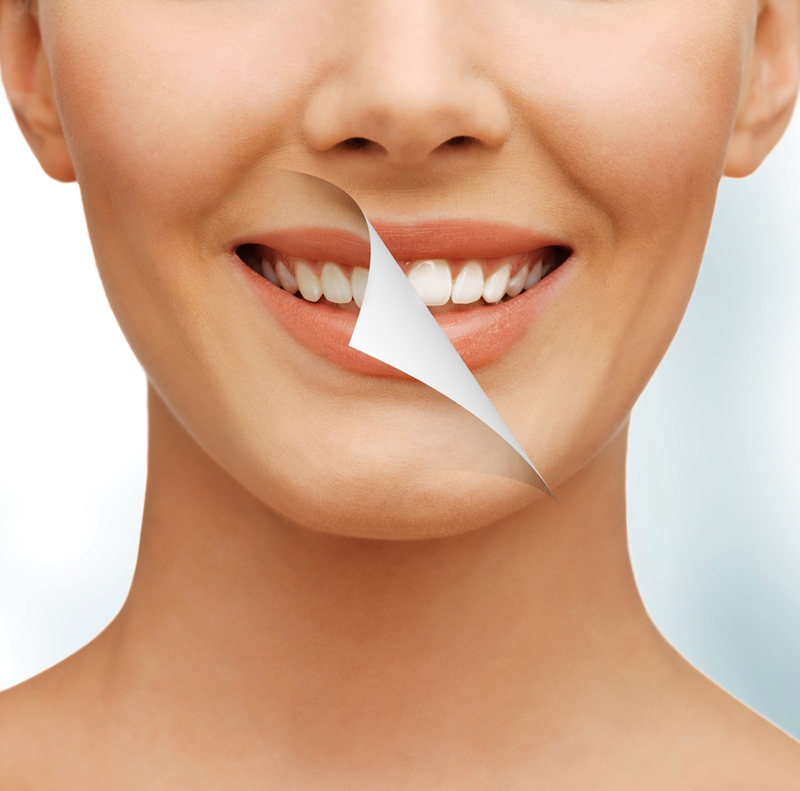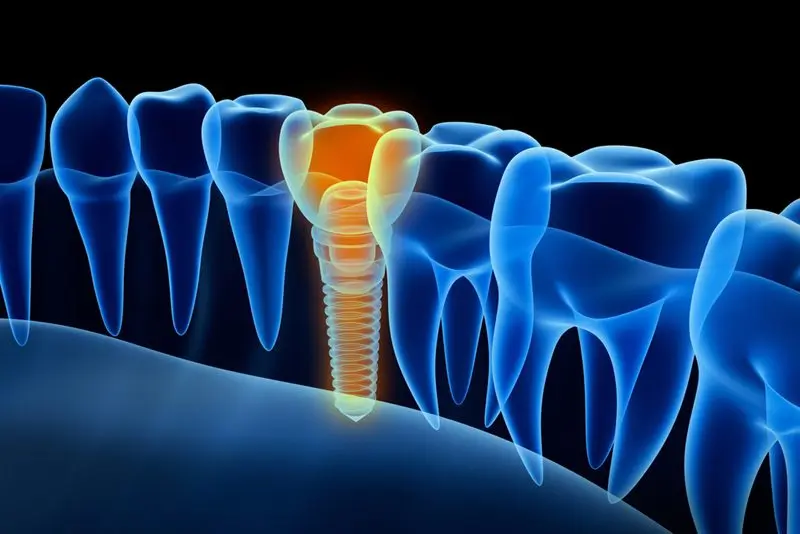Your smile is often the first thing people notice about you, and a great way to leave a lasting impression is by flashing those pearly whites. Maintaining strong, clean teeth comes through properly flossing and brushing regularly – ideally two times a day – but even when you’re fastidious about oral hygiene, beverages like soda and coffee and various foods can cause staining.
This is the main reason why teeth-whitening treatments are so popular. Found in many forms – at home in do-it-yourself form and through a registered dental professional – teeth whitening can help your smile shine brighter by removing some of that staining that inevitably forms from drinks and meals. Many chewing gums, toothpastes, gels, mouthwashes and rinses all boast whitening capabilities.
However, because there are so many of these treatments out there, not all of which are supported by major dental care organizations like the New Zealand Dental Association, lots of questions exists as to whether these “solutions” may actually cause problems, perhaps even later on in life.
So what’s the answer? According to several studies, the risk of adverse side-effects are higher through DIY treatments than those done by the experts.
One of these analyses, detailed in the British Dental Journal and led by the University of Manchester Dental School Dr. Joseph Greenwall-Cohen, examined five home whitening DIY kits frequently available for purchase in local shops and supermarket chains. After putting these applications through a battery of tests, Greenwall-Cohen discovered that two of the five didn’t do much of anything in terms of whitening enhancements. Others, meanwhile, had the potential to cause damage by stripping away the outer coating that protects the teeth, called enamel.
 Tooth-whitening treatments aren’t all built the same.
Tooth-whitening treatments aren’t all built the same.What is enamel?
Considered the strongest mineral substance in the body, even harder than bones, tooth enamel is the outermost layer that lines the teeth, whose charge is protecting the teeth from decay. This coating can be maintained and strengthened through regular checkups with your dentist, as well as brushing and flossing. But even here, enamel can erode prematurely if you brush too vigorously. Certain foods can weaken enamel, as well, particularly those that are highly acidic like certain juices, sauces, processed foods and dairy products.
It’s this loss of enamel that causes problems, Greenwall-Cohen advised, because once you’ve lost it, it’s gone for good. That’s the problem with some of these DIY treatments, which can weaken enamel irretrievably.
Here are a few of the other potential side effects to over-the-counter DIY whitening applications:
Heightened sensitivity
The inside of your teeth are composed of nerves called pulp, which is a noncalcified tissue. When tooth enamel weakens, it can make your teeth more sensitive to hot and cold temperatures of food and drink, causing pain and discomfort. Acidic foods can also be triggering.
Gum irritation
Typically, gum irritation occurs through a buildup of plaque where your teeth and gums meet, often caused by poor brushing habits or jabbing at them excessively with a toothpick. Certain whitening kits can exacerbate gum irritation due to high concentrations of peroxide, which serves as a bleaching agent. Gum irritation can manifest itself in a number of ways, such as bleeding, sensitivity to cold and burning sensations. Over the years, the Australian Competition & Consumer Commission have recalled certain DIY whitening kits for containing potentially dangerous levels of hydrogen peroxide.
 A medical procedure or implant may complicate the evenness of whiter teeth.
A medical procedure or implant may complicate the evenness of whiter teeth.Uneven whitening
You may have a cap, bridge, crown or some other dental restoration due to losing a tooth. The shade of these replacements is often immune to bleaching, which means that it will likely need to be replaced so it matches the lighter hue of the rest of your teeth. This step can be time-consuming, inconvenient and expensive.
This point isn’t to say that all bleaching is bad, of course. You just have to be smart about the type you select, noted Karen Coates, dental adviser at the Oral Health Foundation and coordinator of the Tooth Whitening Information Group.
“Whitening can give someone a brighter smile without removing any of the tooth surfaces,” Coates told the Times. “[The psychological boost] is huge, but so too are the risks if you don’t do your research.”
At City Dentists, teeth whitening is one of our specialties, and we offer the best of both worlds by pairing professional in-office service with take-home application ease. Once you schedule an appointment, we’ll take a mold of your teeth in order to make custom trays that you wear. You put them on just like you would a mouth guard, only this one fits exactly, thereby enhancing comfort and effectiveness.
Please contact us to schedule a consultation and determine if you’re a good candidate for this procedure.
